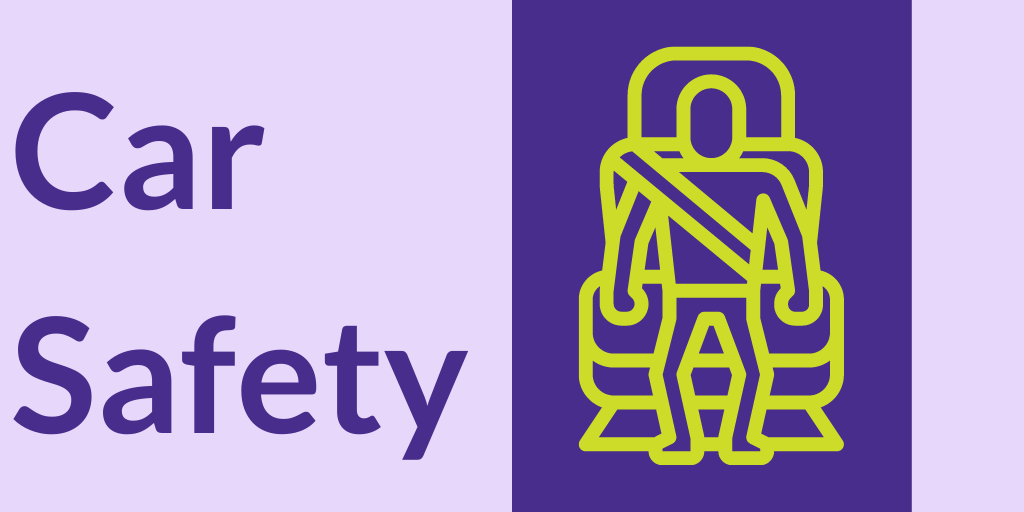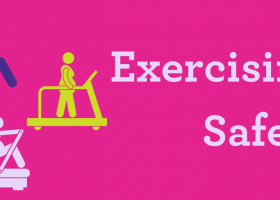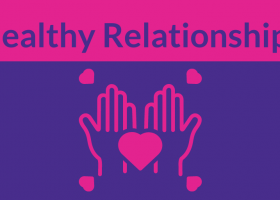Car Seats and Booster Seats

There are many different types of car seats that you can choose from. The right car seat or booster seat fits both your child and your car. Use it correctly every time you travel. Car crashes are the leading cause of death for children under the age of 4. Protect your children with proper car safety.
The type of seat they need changes with their age and size, so be sure to keep track of their changing needs. Always follow the manufacturer’s suggestions for height and weight limits. This will let you know when your child has gotten too big for his car seat.
There are 2 directions a car or booster seat can face: rear-facing and forward-facing.
Rear-Facing Car Seat (birth- 12 Months)
While your child is still an infant, they should always ride in a rear-facing car seat. There are several types of rear-facing car seats:
- Car seats for infants can only be used rear-facing.
- Convertible and 3-in-1 car seats typically have higher height and weight limits for the rear-facing position. This gives you the option to keep your child rear-facing for a longer period of time.
Forward Facing Car seat (1-3 Years)
Keep your child in a forward-facing car seat with a harness until he or she reaches the height and weight limits listed in the instruction manual for the car seat.
- Harness straps should be snug against your child’s body. The chest clip should be placed at armpit level to keep the harness straps tight on your child’s shoulders.
Booster Seat (4-7 Years)
Once your child outgrows the forward-facing car seat with a harness, it’s time to travel in a booster seat. They should still be sitting in the back seat.
Seat Belt (8-12 Years)
Keep your child in a booster seat until he or she is big enough to fit in a seat belt properly.
- For a seat belt to fit properly the lap belt must lie snugly across the upper thighs, not the stomach.
- The shoulder belt should lie snug across the shoulder and chest and not cross the neck or face.
- Remember: your child should still ride in the back seat because it will protect them in major collisions.
For more information, including proper installation and video instruction, check out Car Seats and Booster Basics.
Car Safety:
- Be a good role model, wear your seat belt. Your children will watch and copy what you do. If you want them to get in the habit of wearing their seatbelt, it’s up to you to set a good example.
- Everyone should use proper car safety. No matter who your child rides with, he should always wear a seat belt or be in the proper car seat. Car safety habits start young.
- Never leave your child alone in or around cars. Leaving your child alone puts his life in danger. Children can get heat stroke and possibly die from being left alone in the car when temperatures are too hot. They may accidentally knock the car into gear, setting it in motion. If they are near a car and not paying attention, they are at risk of being hit or run over by a car backing up.
Local Resources:
- Safe Kids Worldwide offers FREE child safety seat check. Call to make an appointment
- DMC’s Children’s Hospital offers the Injury Prevention Program that offers classes on child passenger safety, safe sleep, coping with a crying baby, infant nutrition, and fire and burn safety. Upon completion of the online workshop requirements, participants receive a free car seat.
- To have your car seat checked by a certified Child Passenger Safety (CPS) Technician in Detroit, see this website to find locations near you.




